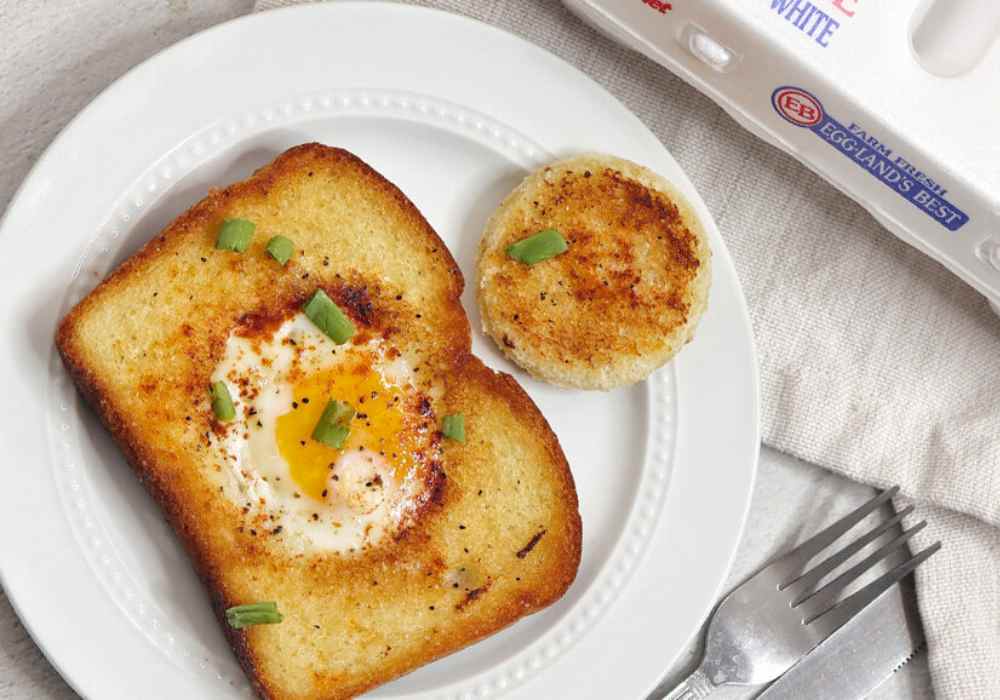Hobo eggs, also known as “hobo dinners” or “hobo packs,” are a type of outdoor meal that consists of eggs, vegetables, and meat cooked together in a foil pouch over a fire or grill. The ingredients are usually wrapped in individual foil packets, which are then placed in a larger foil pouch and cooked to perfection.
Hobo eggs have a long history dating back to the Great Depression, when they were a popular meal among hobos, or transient workers who traveled from place to place in search of work. These workers often cooked their meals over a fire or on a makeshift stove, and hobo eggs were a simple, cheap, and filling meal that could be easily transported and cooked on the go.

Ingredients
The ingredients for hobo eggs can vary, but the basic recipe includes eggs, vegetables, and meat. Some common vegetables used in hobo eggs include onions, bell peppers, mushrooms, and tomatoes.
Meat options can include bacon, sausage, or ground beef. Other ingredients, such as cheese, potatoes, and beans, can also be added to the mix.
The Process of Making Hobo Eggs
Making hobo eggs is a simple process that requires minimal equipment and can be done over a fire or grill. Here is a basic recipe for hobo eggs:
- Gather all of your ingredients and divide them into individual foil packets.
- Crack one or two eggs into each foil packet, depending on how many servings you want to make.
- Add your choice of vegetables and meat to the foil packets.
- Fold the foil packets securely, making sure to seal the edges well.
- Place the foil packets in a larger foil pouch and seal the edges.
- Cook the hobo eggs over a fire or grill for about 15-20 minutes, or until the eggs are fully cooked.
- Carefully open the foil pouch and serve the hobo eggs hot.
Variations of Hobo Eggs
There are many ways to customize hobo eggs to your liking. Some variations include:
- Adding different types of vegetables, such as zucchini, spinach, or asparagus
- Using different types of meat, such as ham, chicken, or turkey
- Adding spices or seasonings to the foil packets for added flavor
- Mixing in other ingredients, such as beans, potatoes, or cheese
The sky is the limit when it comes to creating your own unique hobo eggs. Experiment with different ingredients and flavors to find your perfect combination.
The History of Hobo Eggs
Hobo eggs have a long history dating back to the Great Depression, when they were a popular meal among hobos, or transient workers who traveled from place to place in search of work. These workers often cooked their meals over a fire or on a makeshift stove, and hobo eggs were a simple, cheap, and filling meal that could be easily transported and cooked on the go.
Hobo eggs gained popularity during World War II, when soldiers and civilians alike cooked them over campfires and portable stoves. The versatility and convenience of hobo eggs made them a popular choice for outdoor meals, and they continue to be enjoyed by campers and outdoor enthusiasts today.
The Popularity of Hobo Eggs Today
Hobo eggs are still a popular choice for outdoor meals, especially among campers and hikers. They are easy to make, require minimal equipment, and can be customized with a variety of ingredients.
Hobo eggs have also gained a cult following in pop culture, with mentions in books, movies, and TV shows. They are often portrayed as a nostalgiciac, down-home meal that evokes memories of simpler times.
Conclusion
In summary, hobo eggs are a simple and versatile outdoor meal that consist of eggs, vegetables, and meat cooked together in a foil pouch.
They have a long history dating back to the Great Depression, and have gained popularity among campers and outdoor enthusiasts.
With their ease of preparation and customizable ingredients, it’s no wonder hobo eggs continue to be enjoyed today.
Can hobo eggs be made indoors?
Yes, hobo eggs can be made indoors by using a stovetop or oven. To make hobo eggs on the stovetop, place the foil pouch in a pan over medium heat and cook for about 15-20 minutes, or until the eggs are fully cooked.
To make hobo eggs in the oven, preheat the oven to 350°F and place the foil pouch on a baking sheet. Bake for about 15-20 minutes, or until the eggs are fully cooked.
Can I use other types of protein in hobo eggs besides meat?
Yes, you can use other types of protein in hobo eggs, such as tofu or beans. Simply add the protein to the foil pouch along with the eggs and vegetables and cook according to the recipe instructions.
Can I make hobo eggs with only vegetables?
Yes, you can make hobo eggs with only vegetables by omitting the meat and adding extra vegetables to the foil pouch. Simply follow the recipe instructions, using only vegetables and eggs.
Can I add other ingredients to my hobo eggs, such as cheese or potatoes?
Yes, you can add other ingredients to your hobo eggs, such as cheese or potatoes. Simply add the desired ingredients to the foil pouch along with the eggs, vegetables, and meat and cook according to the recipe instructions.
Can I make hobo eggs in advance and reheat them later?
Yes, you can make hobo eggs in advance and reheat them later. Simply prepare the hobo eggs according to the recipe instructions, then allow them to cool completely.
Store the hobo eggs in the refrigerator until ready to eat, then reheat them in the oven or on the stovetop until they are hot and fully cooked.

